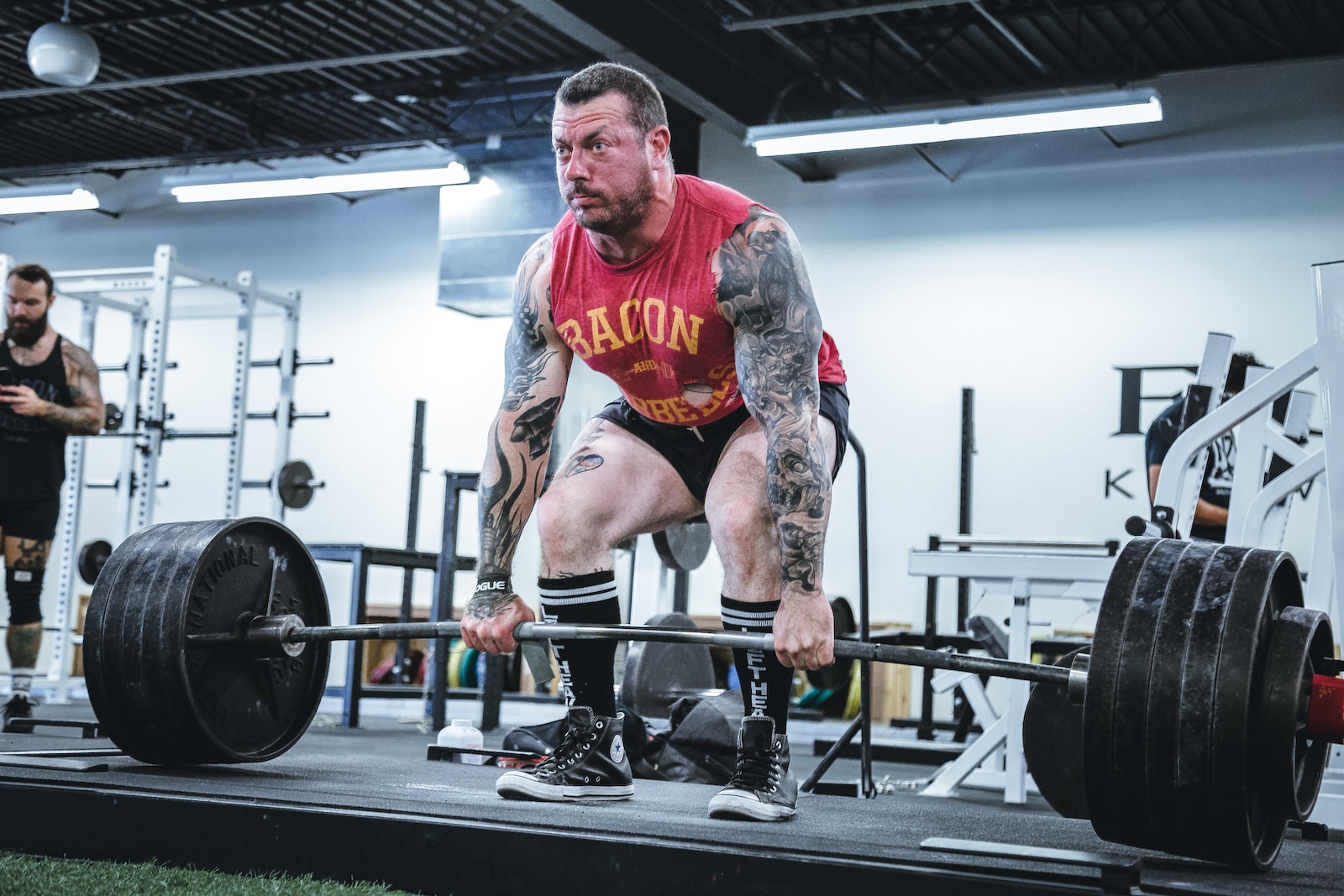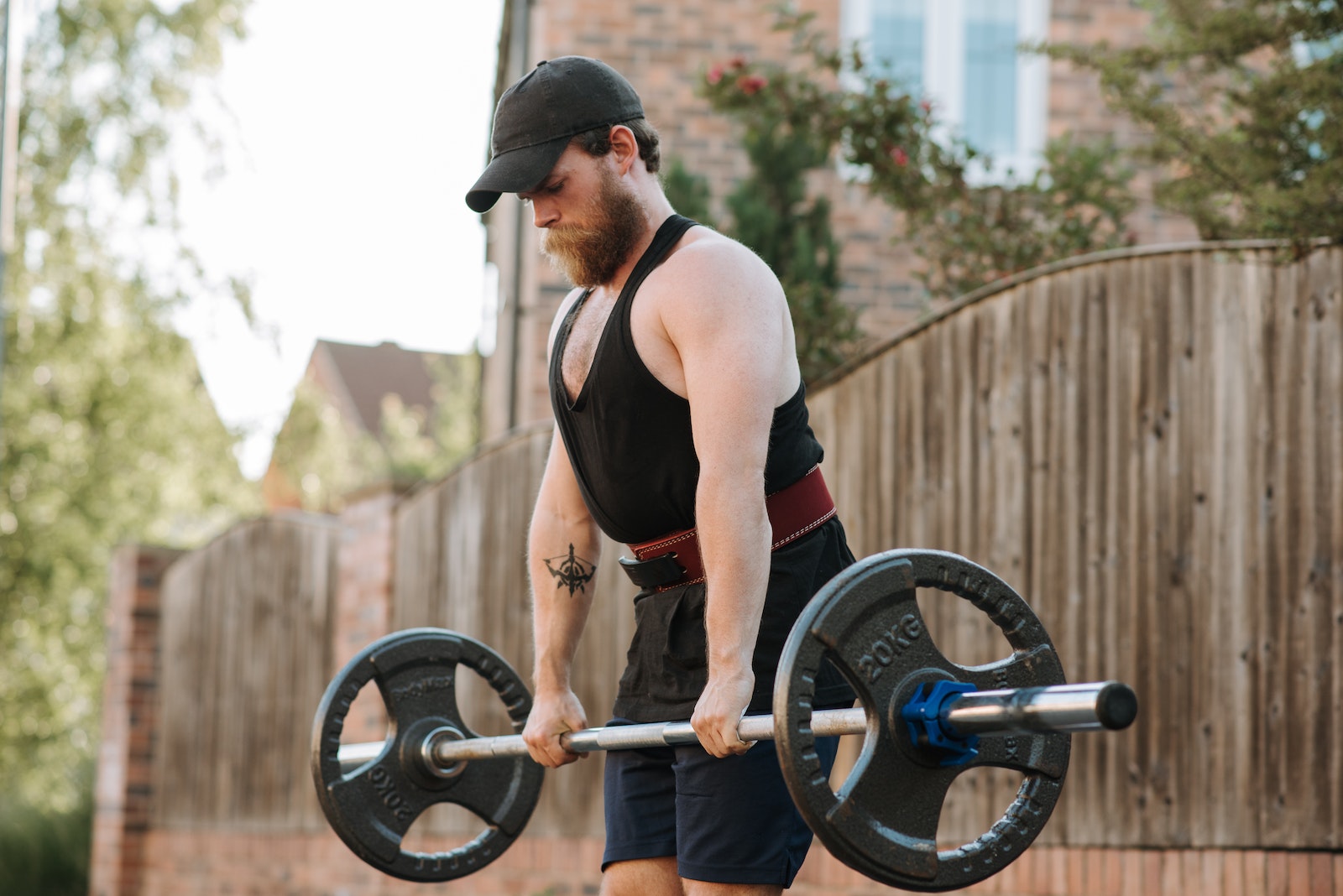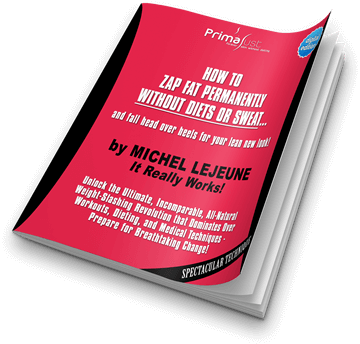When it comes to exercise, there’s plenty of advice and information floating around. From well-meaning friends to social media influencers, everyone has their take on what works best. But how do you separate fact from fiction? In this blog, we’ll guide you to exercise myths debunk and provide evidence-based insights to help you on your fitness journey.
Understanding Exercise Myths
Before we dive into the myths, let’s clarify what we mean by “exercise myths.”
These misconceptions or false beliefs about fitness and exercise can lead to confusion, frustration, and even injury.
It’s essential to debunk these myths to ensure you maximize your workouts and prioritize your health.
Exercise Myths Debunked
Myth 1: Spot Reduction Works for Targeted Weight Loss
 One of the most persistent exercise myths is that you can target specific body areas for weight loss.
One of the most persistent exercise myths is that you can target specific body areas for weight loss.
This myth suggests that doing crunches will give you a flat stomach or that leg lifts will slim down your thighs.
However, science tells us a different story.
Spot reduction is a myth because the body doesn’t burn fat from specific areas when you exercise.
Instead, it burns fat from all over, based on your genetics and body composition.
While targeted exercises can help strengthen specific muscles, they won’t magically remove fat from those areas.
Myth 2: More Sweat Means More Fat Burned
 If you’ve ever walked out of a workout drenched in sweat and thought, “I must have burned a ton of calories,” you’re not alone.
If you’ve ever walked out of a workout drenched in sweat and thought, “I must have burned a ton of calories,” you’re not alone.
Many people believe that sweating profusely during exercise is a sign of an effective workout.
But the truth is sweating doesn’t directly correlate with fat burning.
Sweating is your body’s way of cooling down, not an indicator of calorie expenditure.
It’s possible to have an intense workout without sweating much, especially in a climate-controlled gym.
So, don’t use sweat as your sole measure of a successful exercise.
Myth 3: No Pain, No Gain: The Myth of Workout Intensity
 You’ve probably heard the phrase “no pain, no gain” in the context of exercise.
You’ve probably heard the phrase “no pain, no gain” in the context of exercise.
It suggests pushing yourself to the brink of pain or discomfort to see results.
While challenging workouts are essential for progress, this myth can be dangerous.
Excessive pain during exercise can lead to injuries and burnout.
Instead of focusing on pain, aim for a challenging but manageable level of intensity.
Listen to your body; if something feels painful beyond typical muscle soreness, it’s a sign to ease up or modify your workout.
Myth 4: You Can’t Exercise If You’re Sick
 There’s a common belief that if you’re under the weather, you should avoid exercise altogether.
There’s a common belief that if you’re under the weather, you should avoid exercise altogether.
While it’s true that you should rest if you have a severe illness, light to moderate activity can be beneficial when you have a mild cold or feel slightly unwell.
Exercise can boost your immune system and help you recover more quickly.
However, it’s crucial to know your limits and not push yourself too hard when you’re not feeling your best.
If you have a fever, severe fatigue, or respiratory symptoms, it’s best to skip the gym and focus on rest and recovery.
Myth 5: You Need Supplements to Get Fit
 The supplement industry is booming, with countless products promising to enhance your fitness results.
The supplement industry is booming, with countless products promising to enhance your fitness results.
While some supplements can be helpful, they are not a substitute for a balanced diet.
In most cases, you can get all the nutrients your body needs from whole foods.
Before reaching for supplements, consult a healthcare professional or registered dietitian to assess your nutritional needs.
They can help you decide whether accessories are necessary for your specific circumstances.
Myth 6: Carbs Are Your Enemy for Weight Loss
 Carbohydrates often get a bad rap when it comes to weight loss.
Carbohydrates often get a bad rap when it comes to weight loss.
The myth that you should cut carbs entirely from your diet persists, but it’s far from the truth.
Carbohydrates are a primary energy source for your body, especially during exercise.
Instead of eliminating carbs, focus on choosing complex carbohydrates like whole grains, fruits, and vegetables.
These provide sustained energy and essential nutrients while supporting your fitness goals.
Myth 7: Detox Diets and Their Effectiveness
 Detox diets claim to rid your body of toxins and promote weight loss.
Detox diets claim to rid your body of toxins and promote weight loss.
These diets often involve extreme restrictions, such as juice cleanses or fasting.
However, the idea that your body needs external detoxification is a misconception.
Your body is equipped with detoxification systems, primarily carried out by the liver and kidneys.
Extreme detox diets can be harmful and lead to nutrient deficiencies.
Instead of detoxing, focus on maintaining a balanced diet to support your body’s natural detox processes.
Myth 8: Exercise Is Only for the Young
 Exercise is beneficial at any age.
Exercise is beneficial at any age.
While it’s true that physical capabilities change as we age, staying active is essential for maintaining overall health and mobility.
Older adults can and should engage in exercise tailored to their specific needs.
Low-impact activities like walking, swimming, and yoga can provide numerous health benefits for seniors, including improved cardiovascular health and joint flexibility.
Regardless of age, there is always time to start or continue an exercise routine.
Myth 9: Older Adults Shouldn’t Lift Weights
 Strength training is often associated with younger individuals looking to build muscle.
Strength training is often associated with younger individuals looking to build muscle.
However, lifting weights is equally essential for older adults.
It can help combat age-related muscle loss and improve bone density.
Older adults should consult a qualified fitness professional to create a safe and effective strength training program.
With proper guidance, weightlifting can be a valuable addition to the fitness routine of seniors.
Myth 10: Exercise Cures All Mental Health Issues
 Exercise is undoubtedly beneficial for mental health.
Exercise is undoubtedly beneficial for mental health.
It can reduce symptoms of anxiety and depression, boost mood, and increase self-esteem.
However, it’s essential to understand that exercise is not a replacement for professional mental health treatment.
If you or someone you know is struggling with mental health issues, seeking help from a qualified therapist or psychiatrist is crucial.
Exercise can be a valuable adjunct to therapy and medication but should not be viewed as a standalone solution for severe mental health conditions.
Myth 11: Exercise Doesn’t Affect Stress Levels
 Exercise has a direct impact on stress levels.
Exercise has a direct impact on stress levels.
Physical activity triggers the release of endorphins, which are natural mood lifters.
Regular exercise can help reduce chronic stress, improve sleep quality, and enhance overall well-being.
So, the next time you’re feeling stressed, consider going for a brisk walk, doing a yoga session, or engaging in any physical activity you enjoy.
It can make a significant difference in how you feel.
Myth 12: Exercise Equals a Perfect Body
 The idea that exercise will automatically give you a perfect body is a damaging myth.
The idea that exercise will automatically give you a perfect body is a damaging myth.
Everyone’s body is different, and genetics play a significant role in our physical appearance.
Setting unrealistic expectations can lead to body dissatisfaction and disappointment.
Instead of aiming for a “perfect” body, focus on the many other benefits of exercise, such as improved health, increased energy, and better sleep.
Exercise should celebrate what your body can do, not a punishment for how it looks.
Myth 13: Exercise Is Only for Weight Loss
 While exercise can certainly aid in weight loss by burning calories and building muscle, its benefits extend far beyond the scale.
While exercise can certainly aid in weight loss by burning calories and building muscle, its benefits extend far beyond the scale.
Regular physical activity improves cardiovascular health, enhances flexibility and balance, boosts cognitive function, and reduces the risk of chronic diseases.
Exercise is for everyone, regardless of body size or shape.
Embrace the joy of movement and find activities that bring you happiness and fulfillment.
Conclusion
In a world full of fitness myths, understanding the truth is vital. Armed with accurate info, approach your fitness journey confidently.
Debunking myths fosters a healthier mindset. Fitness isn’t a race but a lifelong journey, appreciating your body’s capabilities despite standards.
Every small step counts: a park walk, home yoga, or gym workout. Consistency and dedication matter most.
Everyone’s journey is unique, and that’s okay. It’s about how you feel—physically, mentally, emotionally.
Exercise is one thread in well-being’s tapestry. Diet, rest, and mental care are vital, too.
Find harmony in life and their synergy. When you hear a myth, share your knowledge to create a health-conscious society.
Are you tired of sifting through the sea of exercise myths and misinformation to find the truth about achieving your fitness goals?
We've just debunked a multitude of these myths, shedding light on the facts that matter.
But what if I told you that there's a method that goes beyond just exercise, a method that can supercharge your weight loss journey without the need for extreme diets or exhaustive workouts?
Introducing the PrimaJust weight loss method – a revolutionary approach that unlocks your metabolism for all-natural weight loss, enabling you to shed 1-3 pounds per week automatically.
No more chasing exercise myths or falling for fad diets. It's time to take control of your health and achieve the results you desire.
Ready to discover the exact method that can transform your life?
Download our still free report now and embark on your path to a healthier, happier you.
Don't wait; your journey to a better you starts today!
[Source]Free Report
If you found this article helpful, don’t forget to share it with others.
Discover new insights with these essential related blog posts
-
Carb Myths Unveiled: Separating Truth from Fiction
In the quest for sustainable weight loss, there are numerous misconceptions surrounding carbohydrates, commonly known…
-
Fat Burning Fact vs. Fiction: Debunking 4 Weight Loss Myths
Do you struggle with weight loss despite following what you believe to be the best…
-
The Shocking Truth: Why Exercise Doesn't Help Lose Weight
Many people believe that exercise is the key to losing weight. In the pursuit of…














